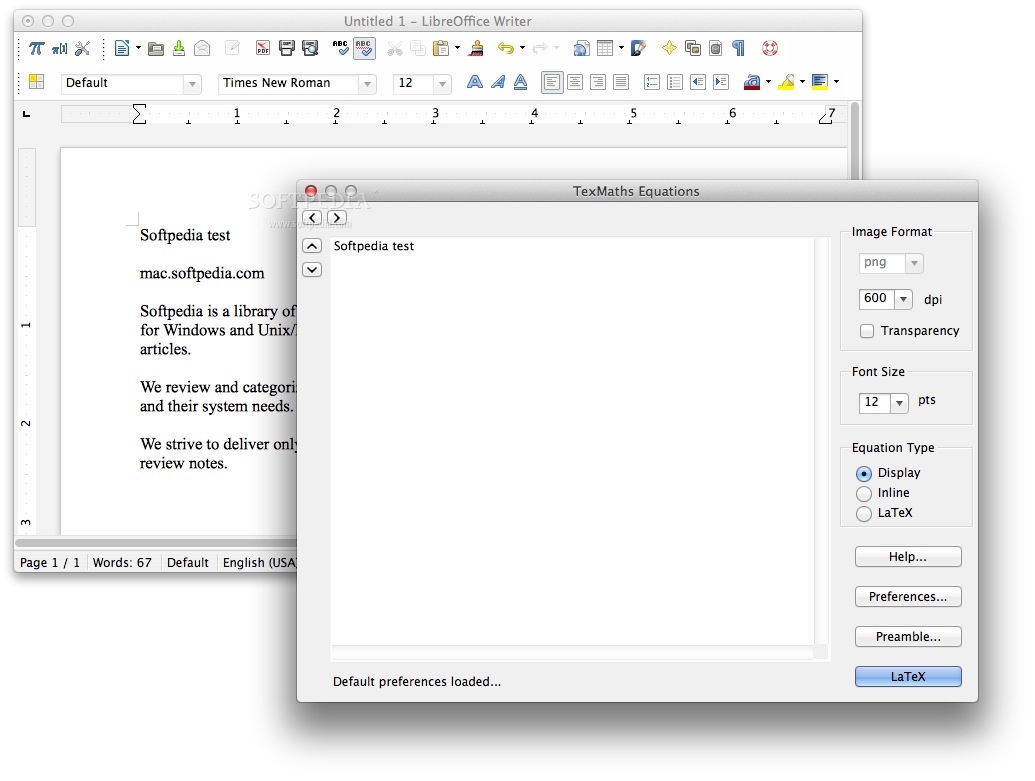
In order to use P(n,k) and C(n,k), you must be in the IntegerFunctions context. These can be used in authoring problems if is included in the problem.

to tell the difference between 1+2/3*4 and / click the "Preview Button". Use the "Preview Button" to see exactly how your entry looks.Exponents are taken right to left: 2^3^4 = 2^(3^4) = 2^81 = a big number.Multiplications and divisions are performed left to right: 2/3*4 = (2/3)*4 = 8/3.Additions and subtractions are performed left to right: 1-2+3 = (1-2)+3 = 2.The complete rules for the precedence of operations, in addition to the above, are.Use (-5)^2 if you want to square negative 5. This is because the square operation is done before the negative sign is applied. Is -5^2 positive or negative? It's negative.

Why does the last expression work? Because things in parentheses are always done first, next all functions, such as sin, are evaluated, next all exponents are taken, next all multiplications and divisions are performed in order from left to right, and finally all additions and subtractions are performed. Then the result is squared.) You can always use the Preview button to see a typeset version of what you entered and check whether what you wrote was what you meant. :-) The "sin" operation has highest precedence, so it is performed first, using the next token (i.e. (You can enter it as sin(t)^2 or even sint^2, but don't try such things unless you really understand the precedence of operations. You can enter sin^2(t) as a shortcut although mathematically speaking sin^2(t) is shorthand for (sin(t))^2 (the square of sin of t).For example, sin 2t is interpreted as sin(2)t, i.e. Write sin(t) instead of sint or sin t even though WeBWorK is smart enough to usually accept sin t or even sint. It's always good practice to use parentheses when entering functions. Entering big quotients with square brackets, e.g.Parentheses: () - You can also use square brackets,, and braces, 's (except in contexts where those have special meanings, like creating intervals or sets).^ or ** You can use either ^ or ** for exponentiation, e.g.* Multiplication can also be indicated by a space or juxtaposition, e.g.
This file contains many of Laura's personalized (La)TeX commands and. tex (requires file riemann.eps) The sample files in this section require the input file lauracode.tex. Mathematical Symbols Available In WeBWorK Here are some sample files that you might use for a typical Math 26L course.

6.1 Exponential and Logarithmic Functions.6 Mathematical Functions Available In WeBWorK.4 Scientific Notation Available In WeBWorK.3 Mathematical Constants Available In WeBWorK.1 Mathematical Symbols Available In WeBWorK.LaTeX offers a lot of functions by default, but in some situations it can become in handy to use so called packages. Demonstration of amsmath package and basic math typesetting. Use packages in LaTeX to add more functions.


 0 kommentar(er)
0 kommentar(er)
